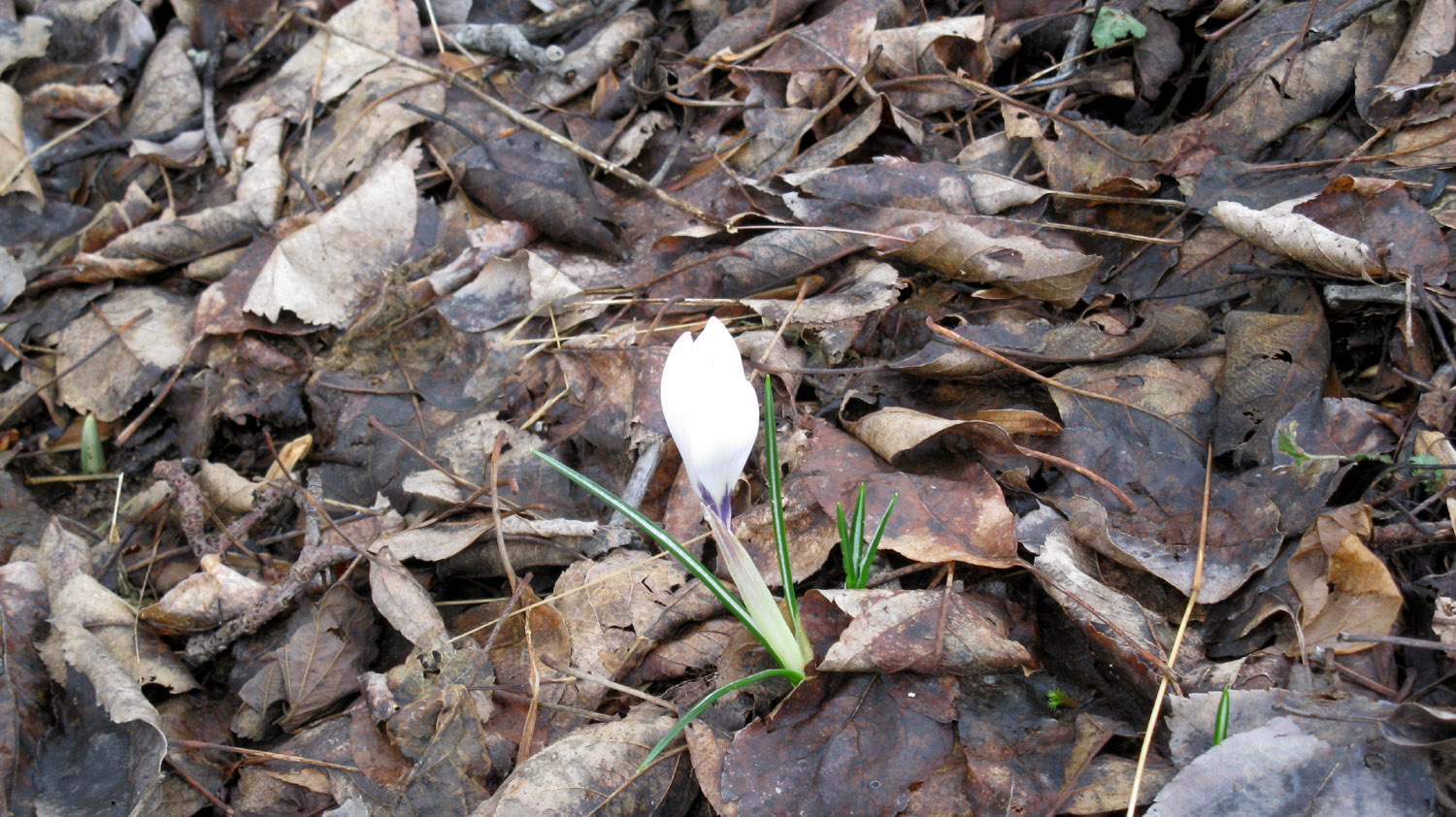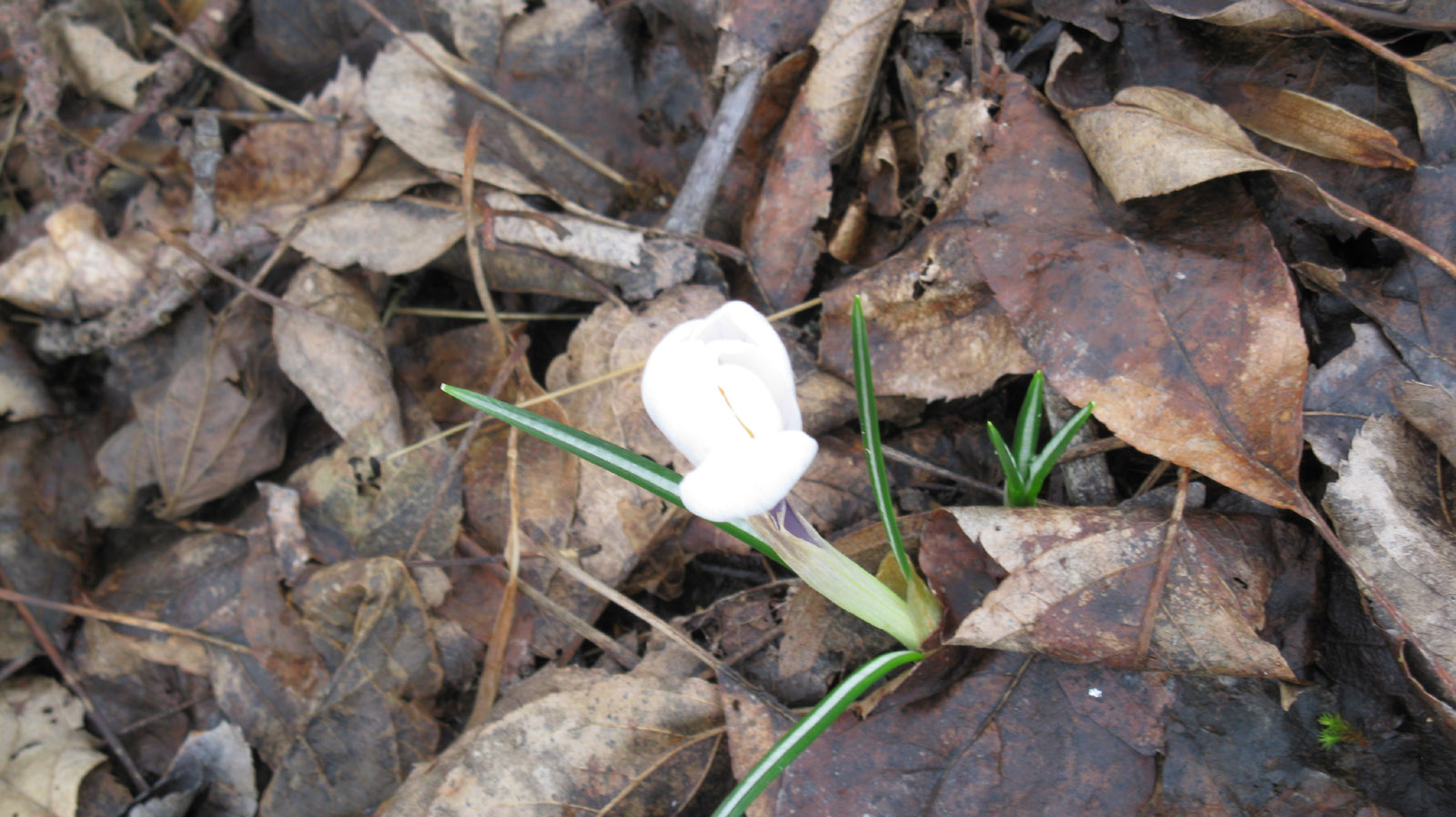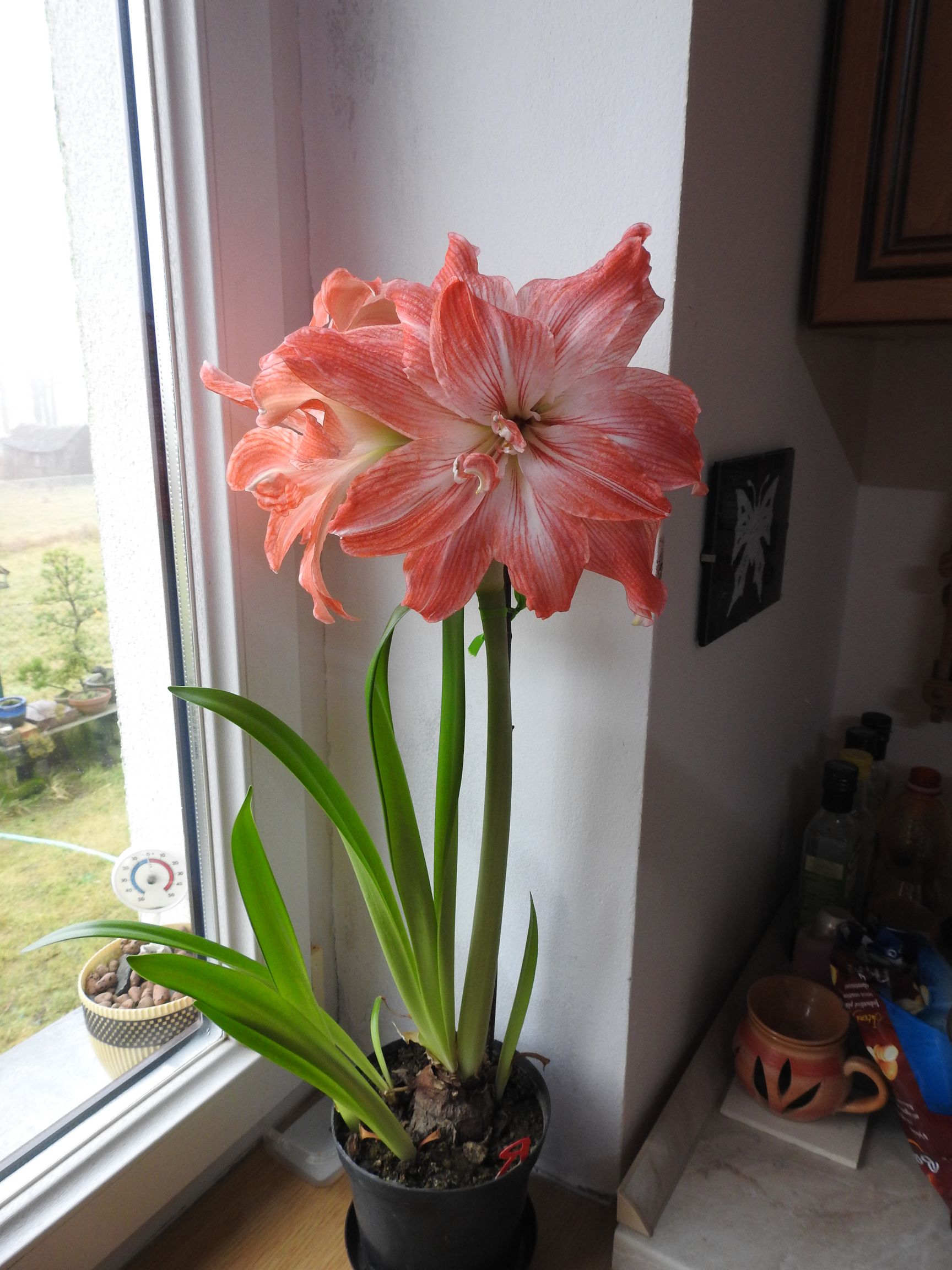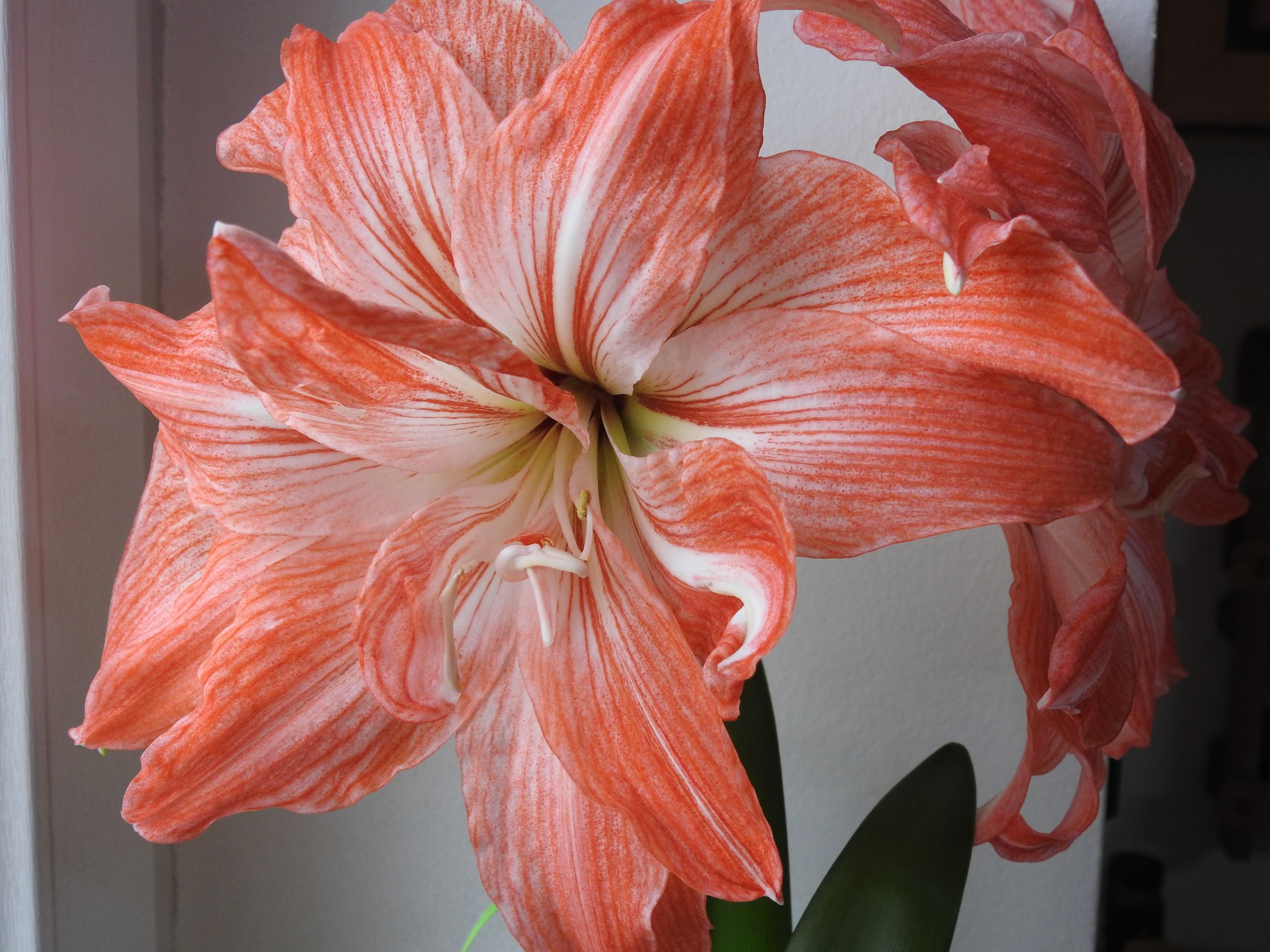
The Pancreatic Milky Way. By Jürgen Mayer, Centre for Genomic Regulation, Barcelona.
I’m a bit obsessed with cells at the moment, living in Cancerland will do that to a person. That said, our bodies are a wonder of microcosms, a universe we rarely think about or delve into with any true interest. Cell Picture Show has an astonishing range of cell images, from humans to plants to ocean to invertebrates. You can stay happily busy there for hours! And for all the textile artists out there, there’s a wealth of inspiration in the ‘Art Under The Microscope‘ section, where a textile artist has tackled various cell imagery:

Fire In Her Eyes, Rebecca Bernardos, University of Michigan
Art Quilt by Judy Busby, Fiber Artists@Loose Ends.
In this Picture Show, we continue the theme of beauty in science with artistic interpretations of scientific images. We partnered with the University of Michigan Health System to showcase a selection from the traveling exhibit Art Under the Microscope. Special thanks go to Fiber Artists@Loose Ends, UM Center of Organogenesis Bioartography Program, UMHS Gifts of Art Program, and Global Alliance for Arts and Health.
The zebrafish retina, unlike its human equivalent, is capable of regenerating in response to injury. Learning how zebrafish produce new photoreceptors, which are the light-detecting cells in the eye, may provide clues for designing therapies to reverse retinal degeneration in humans as a treatment for blindness.
Image: (Left) A section of the zebrafish retina is shown. The red feather-like cells are the photoreceptors, and the nuclei are marked in blue. (Right) Artist’s rendering using hand-sewn sequins to represent the bands of nuclei and red fabrics and handmade paper to depict the photoreceptors.
So, if you’re an artist, take some inspiration from ourselves, and the world around us, on a cellular level. If you just like looking at amazing and beautiful things, this is a place for you!






























